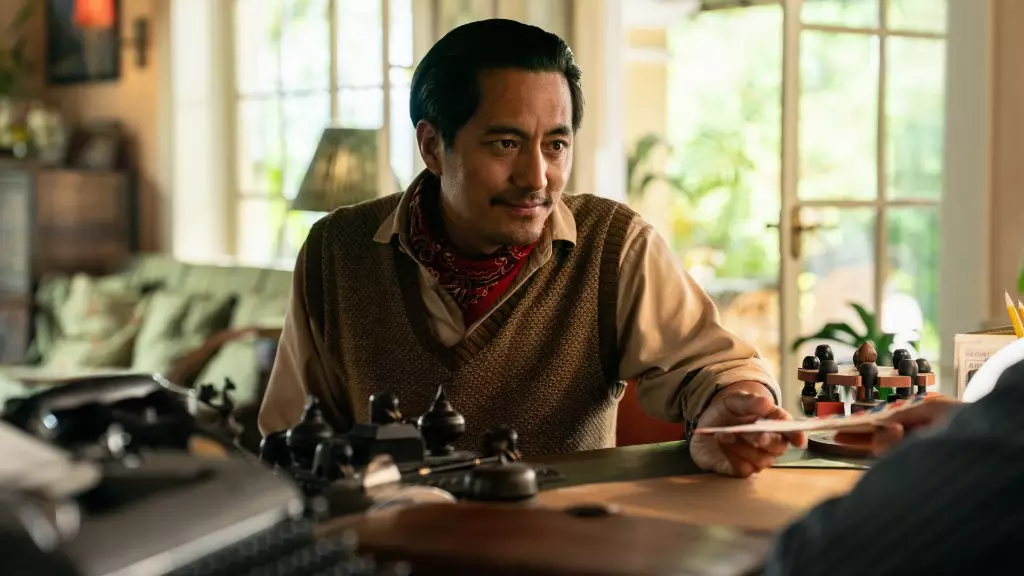In an exciting development for cinema, Apple’s commitment to honor historical figures through captivating narratives has reached new heights with its upcoming film, “Tenzing.” The spotlight is now on Genden Phuntsok, a lesser-known actor poised to bring the iconic Sherpa Tenzing Norgay to life. This casting choice signals a shift towards authentic representation within the film industry, tapping into the cultural essence that Phuntsok, of Tibetan descent, embodies. It’s refreshing to see studios increasingly prioritizing genuine stories that honor their subjects.
A Pillar of Resilience
The 1953 ascent of Mount Everest by Norgay and Edmund Hillary is not merely a story of conquering nature; it is a profound testament to human spirit and perseverance. Amid the sheer physical and psychological challenges of the climb, Norgay’s journey illustrates his resilience and determination. This film aims to capture that essence—a narrative surrounding the audacity of challenging the impossible, showcasing how two outsiders forged paths that would inspire future generations. The backdrop of this extraordinary tale is not just the perilous mountain but also the socio-political climate of the time, which adds further layers of complexity to their achievement.
Expanding Representation in Storytelling
Alongside Phuntsok, the cast features a rich array of talent including Tom Hiddleston and Willem Dafoe, bringing star power to the project. What stands out, however, is the apparent dedication towards weaving a conscientious depiction of the Sherpa community through diverse characters. Bringing in characters like Jill Henderson, portrayed by Caitriona Balfe, serves not only to enrich the storyline but also to recognize the often-overlooked contributions of female figures in male-dominated narratives.
This approach signals a cultural shift where filmmakers are striving to authentically represent roles that reflect reality, allowing voices from diverse backgrounds to be heard and celebrated. The real challenge lies in executing these intentions on screen without veering into stereotypes.
The Art of Storytelling and Filmmaking
Directed by Jennifer Peedom, who has a notable background in documenting the Sherpa lifestyle and history, adds layers of credibility to the project. This insider knowledge promises an authentic portrayal, suggesting the film will follow more than just a traditional biopic format. Instead, it will weave in the cultural respect and spiritual connection that the Sherpa people have with Everest, referred to as Jomolungma, their Mother Goddess.
The screenplay, penned by Luke Davies, who has previously garnered critical acclaim for his work on “Lion,” promises emotional depth that resonates with audiences. It’s essential to strike the right balance between dramatization and historical accuracy, and it seems that the creative team is aware of the weight of their responsibility.
The Future of Historical Biopics
In a cinematic landscape often criticized for its lack of innovation and genuine narrative depth, “Tenzing” stands out as a beacon of potential. By highlighting not just the climactic triumphs, but the cultural ethos and personal sacrifices involved in this monumental achievement, the film may redefine what it means to tell a historical story. Audiences are yearning for movies that challenge perceptions and invite deeper conversations about our shared human experience. Through the lens of Norgay’s incredible journey, Apple’s film could very well strike this delicate balance, offering not just entertainment, but enlightenment.
